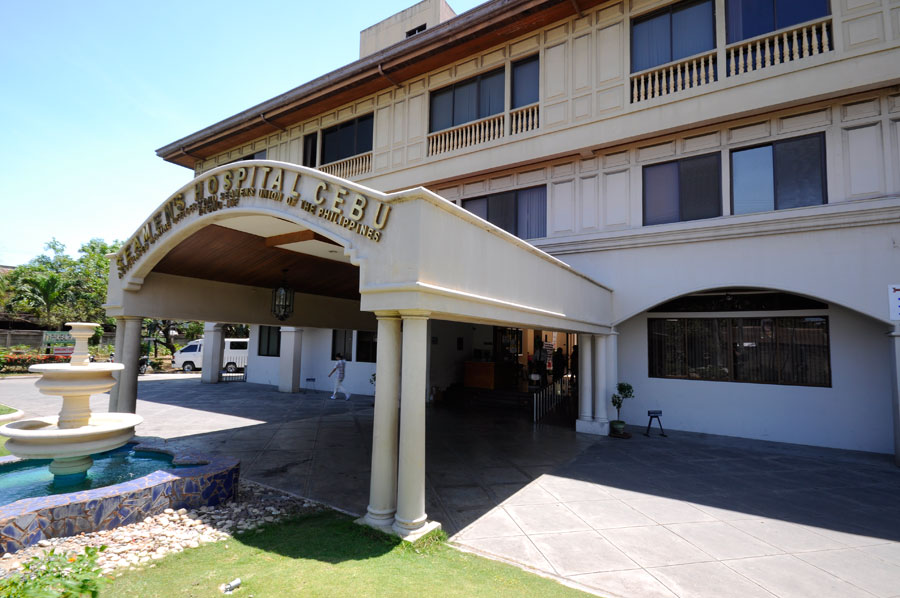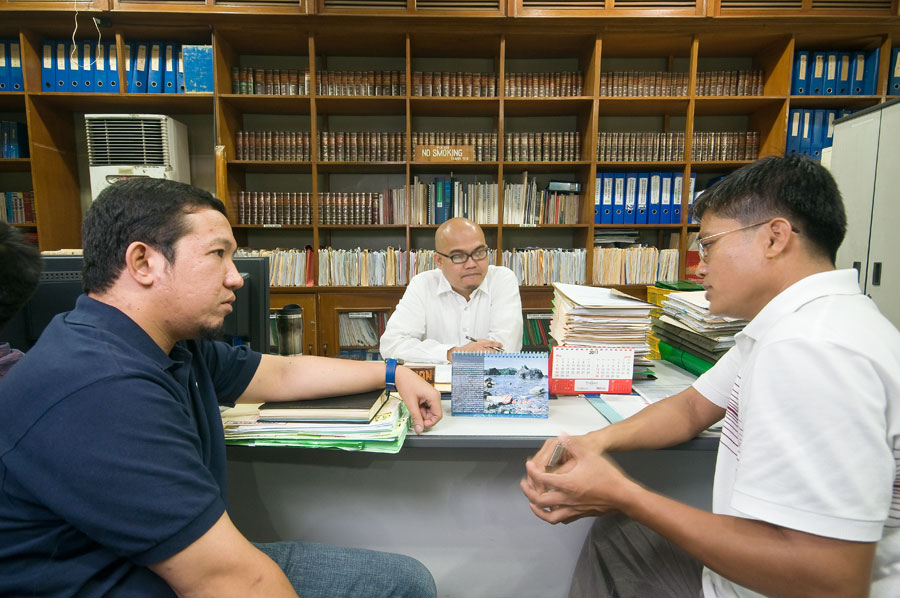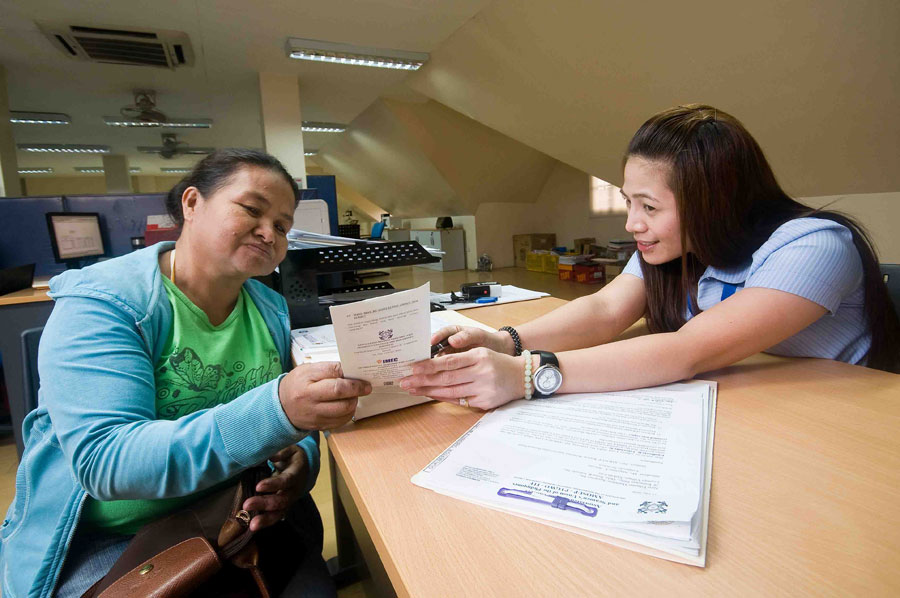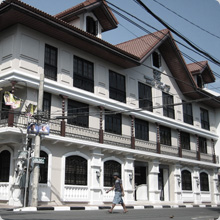
This department in the AMOSUP Seamen’s Hospital handles common conditions such as low back pain, frozen shoulder, arthritis, sports-related injuries, neurologic conditions such as stroke and traumatic brain injury
Physical therapy helps people to alleviate pain, regain strength and movement in parts of their body and prevent secondary complications after an injury.
The Rehabilitation Medicine Department of the AMOSUP Seamen’s Hospital is the department that mainly delivers physical therapy services with the mission to provide the best available quality health care to AMOSUP members and their dependents.
Established in 1987, it now handles an average of 30-40 patients a day that can be treated in the facility that includes out-patient and in-patient. An estimated 33% of the union membership is cared for, whilst the rest covers members qualified dependents in physical therapy services annually.
It was in 2006 when the concept of wellness gave rise to promote an alternative to lessen the intake of medications, resulting in the establishment of Weight Management Unit. The section promotes programme for cardio-respiratory training, weight loss and weight gain.
Another unit was established in June 2007 located at the ground floor of the Annex building, the Electromyography-Nerve Conduction Velocity and Electroencephalogram Laboratory Unit at Neurophysiology Laboratory Area. This is a diagnostic area for neuromuscular and neurological conditions.
Common conditions handled in the department include musculoskeletal cases such as MPS (myofascial pain syndrome), low back pain, frozen shoulder, arthritis, sports-related injuries such as ankle sprain, ACL (anterior cruciate ligament) reconstruction, patella femoral pain syndrome, neurologic conditions such as stroke, traumatic brain injury, pediatric conditions such as cerebral palsy, nerve injuries such as carpal tunnel syndrome, sciatica, post-operative conditions such as fracture, joint replacement, arthroscopic debridement.
Treatment procedure for common musculoskeletal cases handled in Rehabilitation Medicine Department includes hot moist pack, transcutaneous electrical nerve stimulation, and therapeutic ultrasound for pain management. They also carry out strengthening exercises of weak muscles and stretching of tight soft tissues to improve flexibility.
Neurologic cases such as stroke are prescribed with electrical stimulation of the affected muscle groups to promote muscle contraction, range of motion exercises to encourage movement of the weak side. Functional exercises are also practiced such as bed mobility, sit-to-stand, balance and coordination, and walking to assist in patient’s independence in performing activities daily living.
It is important to remember that complete recovery through physical therapy is a combination of diligence, compliance, and dedication, and that requires continued interaction between the patient and the physical therapist.







